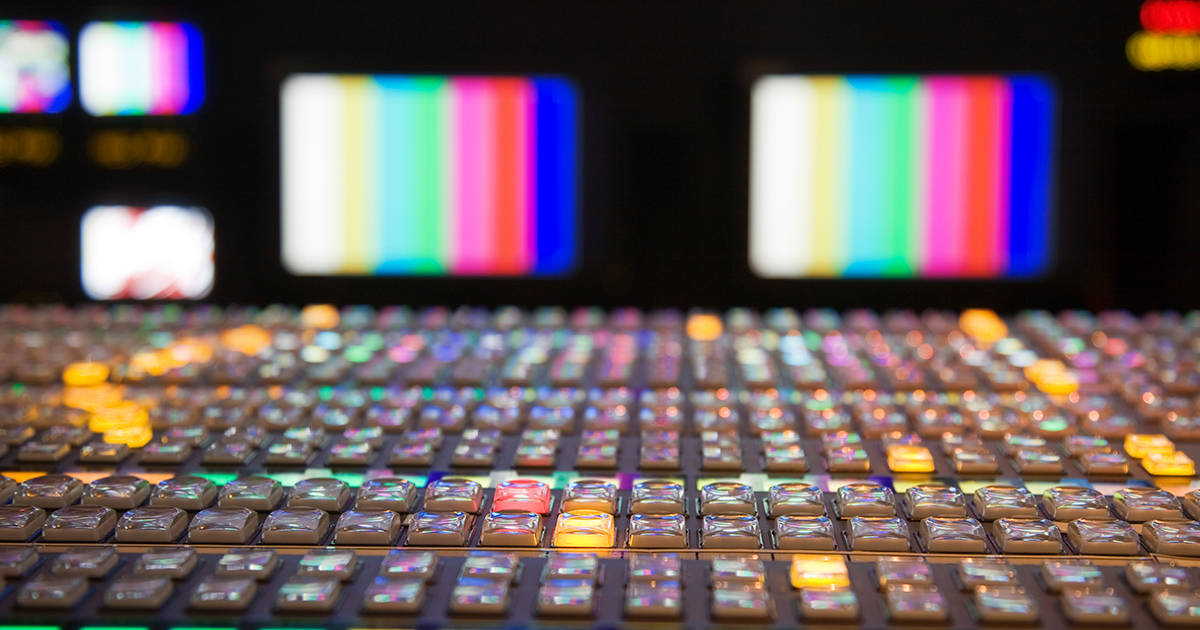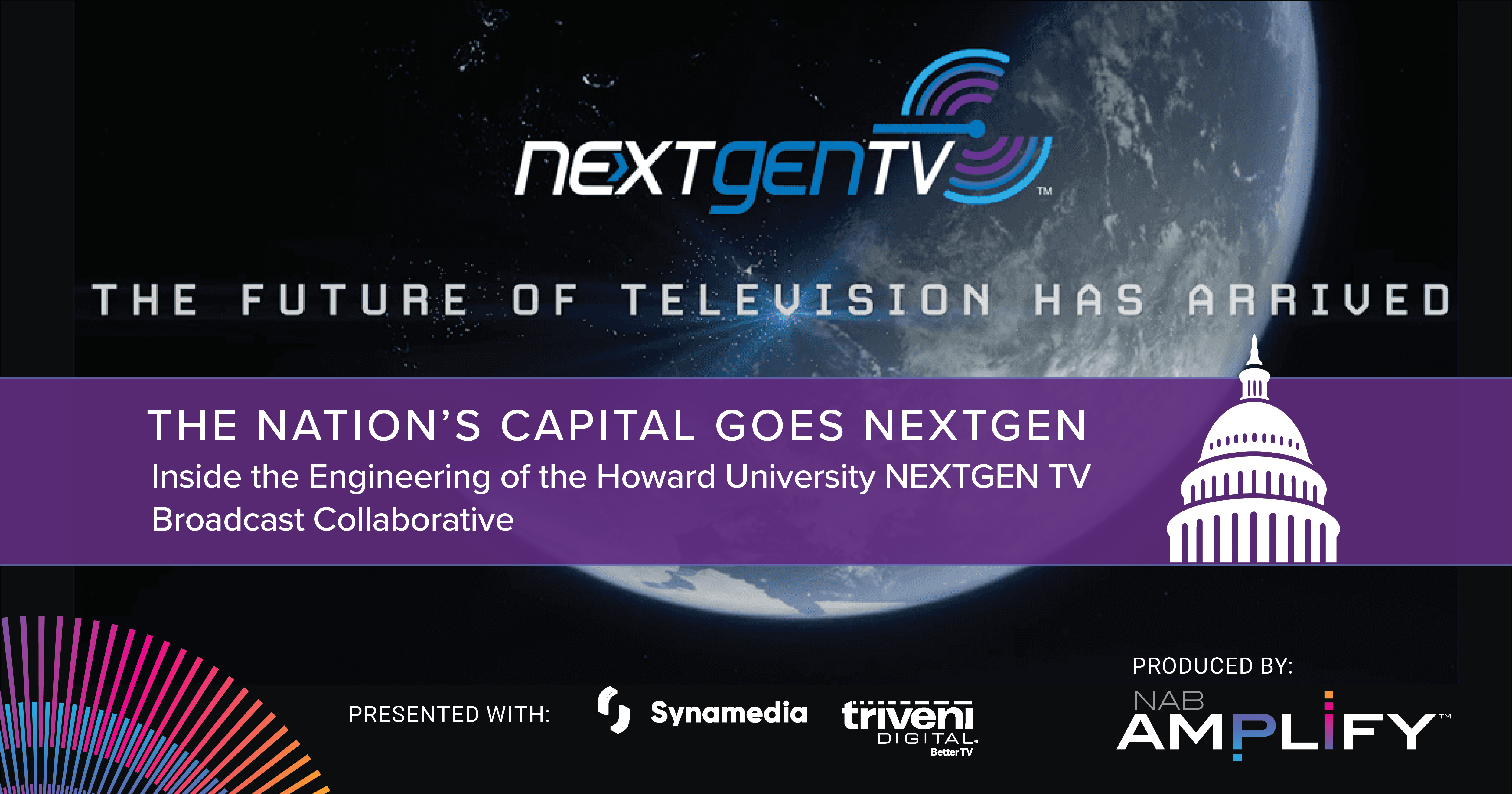
Madeleine Noland, president, Advanced Television Systems Committee (ATSC), provided a look at NextGen TV during 2021 and what to anticipate in 2022 during a conversation at CES:
Joining Noland were Chandra Kotaru, founder and CEO of Gaian Solutions, a multiplatform/multiapplication digital video technology developer and service provider; Mark Aitken, senior vice president of Sinclair Broadcast Group and president of ONE Media 3.0; and Anne Schelle, managing director, Pearl TV, a broadcaster business organization.
Chandra Kotaru pointed to the pandemic itself in 2021 as a propelling event that had his company increase research and push development of products and services. He added, “For us 2021 was about the fact that NextGen TV is happening. There are trials everywhere. There are all kinds of interesting outside-in approaches of bringing in outside industry partners into various trials.”
CHARTING THE GLOBAL MARKETPLACE:
Big content spends, tapping emerging markets, and automated versioning: these are just a few of the strategies OTT companies are turning to in the fight for dominance in the global marketplace. Stay on top of the business trends and learn about the challenges streamers face with these hand-curated articles from the NAB Amplify archives:
- How To Secure the Next Billion+ Subscribers
- Think Globally: SVOD Success Means More Content, Foreign Content and Automated Versioning
- How Does OTT Gain Global Reach? Here’s Where to Start.
- Governments Draw Battlelines To Curb the US Domination of SVOD
- Streaming Content: I Do Not Think You Know What That Word Means
Gaian showcased some of the results of this activity at the CES trade show. He discussed a new hardware NextGen TV receiver that he described as a multifaceted “money-making machine” for bringing new revenue streams to existing broadcasters, digital video distributors and service providers along with other media avenues such as in-vehicle video, music streaming, HD Radio and IoT.
He stressed that NextGen TV must be thought of as more than a big TV set. Its flexibility and multiplatform spec allow it to be more than “just” TV, he said.
They also showed a development tool that cuts out the heavy-coding labor inherent in app creation. A “codeless app development platform,” he called it, for anyone interested in creating product, content or services for NextGen TV.
BROADCASTERS AND NEXTGEN TV
From a broadcaster perspective, Mark Aitken declared a successful year for ATSC with rollouts in 22 or 23 markets for an alliance between Sinclair and Nexstar TV. “We’ve been averaging a couple of 3.0 conversions a month.”
He discussed the entrance of many new companies, both traditional TV names along with startups and outsiders, into the ATSC 3.0 equipment and service supplier market.
He also discussed new types of products for consumers, such as home-based “gateways” for routing content and services around a home to connected devices such as big screen HD and 4K TVs, laptop and tablet computers, cellphones, any connected device via wire or wireless.
He pointed out that it is not simply about “broadcast,” but the IP platform that allows many content and service sources to be available to any device. Such a media ecosystem allows for interactivity and enhanced and supplemental viewing options. He cited sports and gambling as natural for the ATSC 3.0 multisystem
CONNECTING WITH CONNECTED TV:
Currently one of the fastest-growing channels in advertising, Connected TV apps such as Roku, Amazon Fire Stick and Apple TV offer a highly effective way for brands to reach their target audience. Learn the basics and stay on top of the biggest trends in CTV with fresh insights hand-picked from the NAB Amplify archives:
- The Ever-Changing Scenery of the CTV Landscape
- TV is Not Dead. It’s Just Becoming Something Else.
- Converged TV Requires a Converged Ad Response
- Connected TV and the Consumer
- Connected TV Opens Up a Million Ad Possibilities
Aitken also cited ATSC 3.0’s native support for multiple networking technologies including 5G, 3GPP, Wi-Fi and HC/DVB satellite. “All of these come together to provide for consumers to have a totally new experience…”
Looking forward to 2022, he expected ATSC to start maturing and spread its wings. “For us the exciting opportunity is not just lighting up an ATSC 3 station. The real opportunity is creating an excess of 3.0 capacity for data services, where we see a huge drive on the part of automotive, on the part of IoT providers and others who are reaching out to us… asking ‘How can we work with you?’”
Heading a broadcast station ownership alliance, Anne Schelle pointed to 40 ATSC 3.0 markets nationwide on air or about to be. Those cover nearly 45% of the households in the United States. She noted the recent additions of large metro markets in Washington and Los Angeles.
Want to learn more about the D.C. ATSC 3.0 launch? Attend our webinar featuring NAB’s Sam Matheny, Howard U’s Sean Plater, Pearl TV’s David Folsom and more!

She also pointed out that TV set sales for 2021 were predicted to be around 800,000 but as the year ended, sales topped 3 million.
Other news from Schelle included Sony’s incorporation of NextGen TV technology in all of its forthcoming sets. She also saluted Samsung and LG as major NextGen TV supporters in 2021.
She discussed Dolby’s ATSC 3.0 audio improvements in loudness consistency (no more blaring commercials) and voice enhancement for intelligibility.
Schelle also commented on the app-worthiness. “We’re launching interactive applications and services on these TVs, and that’s enhancing our local news, weather and information, as well as favorite programming. Bringing emergency alerts that are enhanced to consumers.” These apps are running in 15 markets, she said.
She also discussed talking with and educating consumer electronics retailers about NextGen TV along with consumer adoption of the technology.
On the manufacturer front, Schelle announced that TV manufacturer Hisense has joined the NextGen TV cause. She also noted that MediaTek, a consumer products maker and technology developer based in Taiwan, is onboard with NextGen TV with its numerous applicable product lines and OEM work.
Schelle also discussed how over-the-air broadcasters can benefit from these developments, citing new antennas coming available, as well as a new web platform utilizing NextGen TV.
